Sixth graders participate in annual hunger breakfast
Photo credit: Cybele Zhang
From left to right, Saskia Wong-Smith, Summer de Vera, Sydney Shintani, and Sara Friedman all ’18 hold up “FAST” signs. They taught the 6th-graders about hunger and shared the acronym “FAST”, standing for fundraise, advocate, shop wisely and teach, as way for the 6th-graders to remember how to prevent hunger.
Archer sixth graders filed into the Rose Room for the annual Hunger Breakfast on the morning of Dec. 11 where they learned about food insecurity around the globe.
The students were randomly assigned to either upper, middle or lower class groups. These student groups represented real-life global socioeconomic groups and were proportionally accurate.

“The mission of sixth grade has traditionally been [learning about] hunger — how it affects people, where it is and ultimately what they can do about it,” history teacher and Community Service Adviser Theresa Dahlin said.
A group of sophomores then began a presentation on hunger around the world, Dahlin said. They explained how severe hunger truly is around the world as well as what students can do to help.
“I learned that a lot of people don’t have enough resources,” Sara Morris ’22 said. “It makes me want to help share. We have enough [resources] on our planet to support everyone, so why are people still hungry?”
Each group was fed a breakfast reflective of their status. The upper class group ate pastries, juice, and yogurt at a table, while the middle class group ate bagels and drank bottled water while sitting on folding chairs. The lower class group, the majority, sat on the floor and shared a bucket of water and rice cakes amongst themselves.

“This year, the upper class barely sat down when they immediately cut up their food to hand out to others. That never had happened before,” Dahlin said. “Just to see that level of empathy that this class has is special.”
“The upper class actually didn’t get to eat anything because they gave it all to the lower classes,” Ava Rothenberg ’22 said. “I was sad [being in the lower class] because it was totally random. It felt even worse knowing that I had had a good breakfast that morning and people actually had to eat [rice cakes and water] for every meal.”
After the breakfast, the students volunteered at the Westside Food Bank.
The themes and lessons from the Hunger Breakfast will be carried throughout the class’ curriculum this year and will conclude with the Empty Bowls Dinner — where student-made ceramic bowls will be sold. The money from the event is then donated to the Westside Food Bank.
The sixth grade is also reviving “Second Chance Lunches” — a way to donate uneaten lunches around the school— and playing on Free Rice, which donates rice for every question answered correctly.
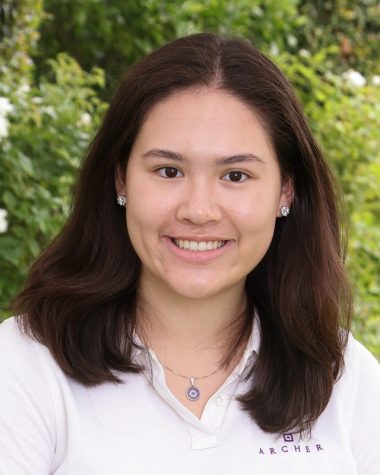
Cybele Zhang joined the Oracle writing staff in 2015. She was promoted to Sports Editor as a sophomore and to Editor-in-Chief as a senior. Cybele graduated...




![Freshman Milan Earl and sophomore Lucy Kaplan sit with their grandparents at Archer’s annual Grandparents and Special Friends Day Friday, March 15. The event took place over three 75-minute sessions. “[I hope my grandparents] gain an understanding about what I do, Kaplan said, because I know they ask a lot of questions and can sort of see what I do in school and what the experience is like to be here.](https://archeroracle.org/wp-content/uploads/2024/03/grandparents-day-option-2-1200x800.jpg)









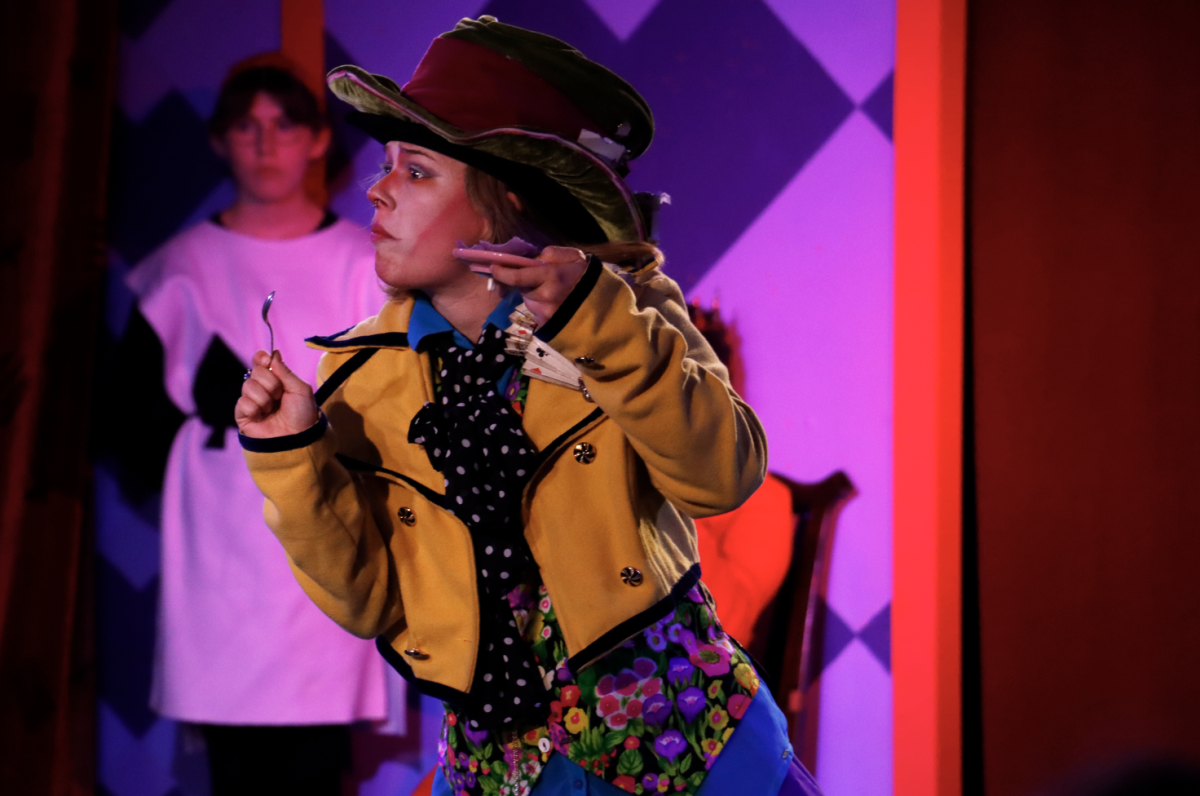

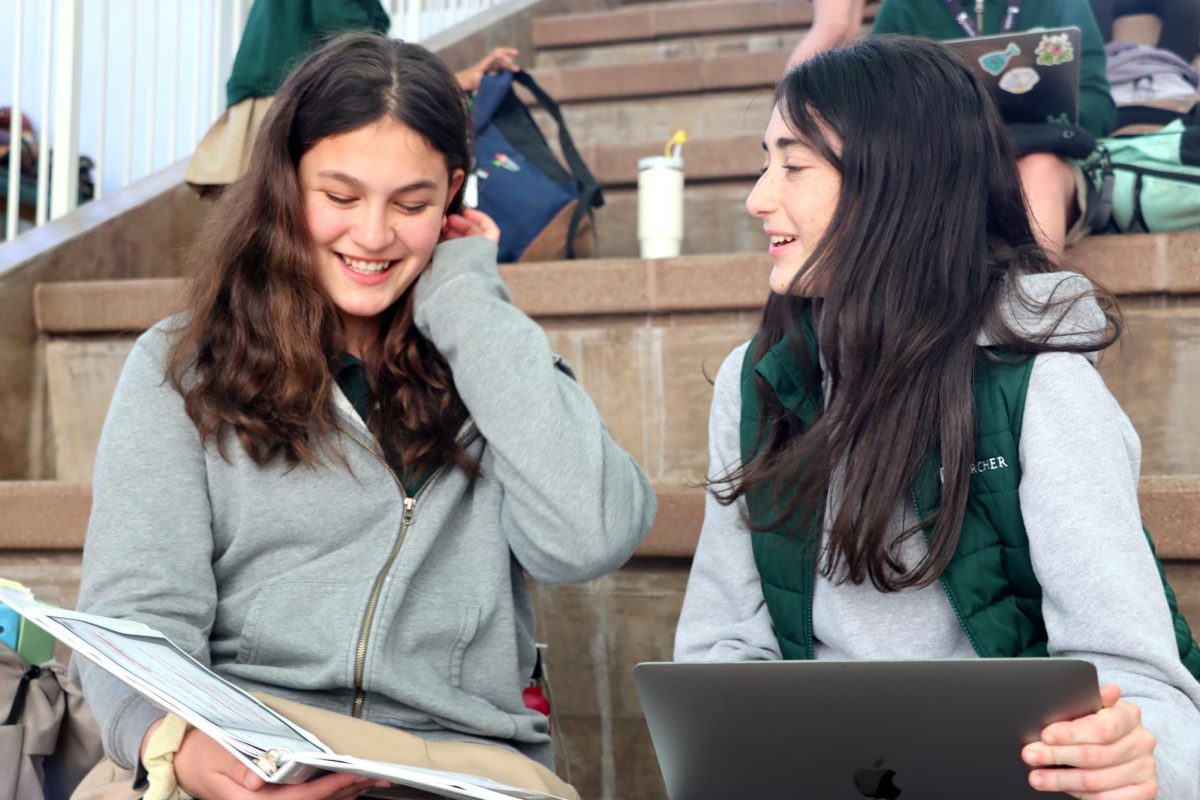






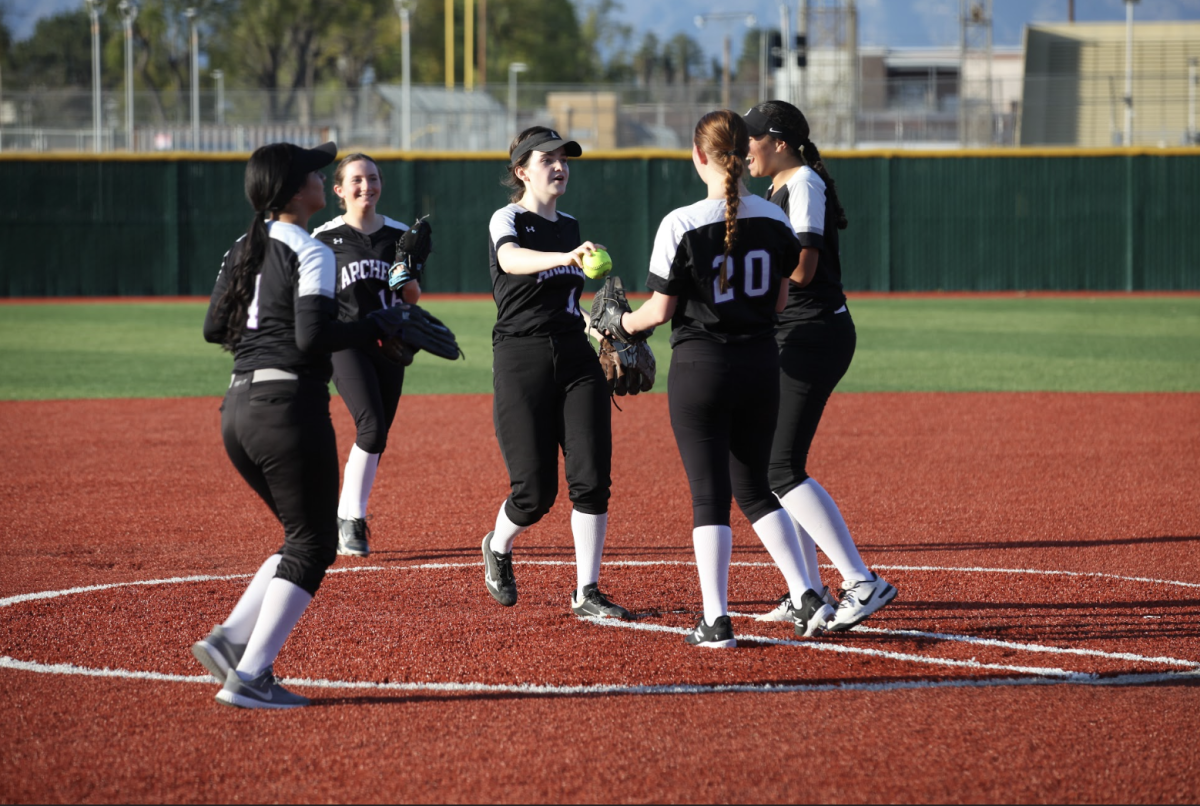
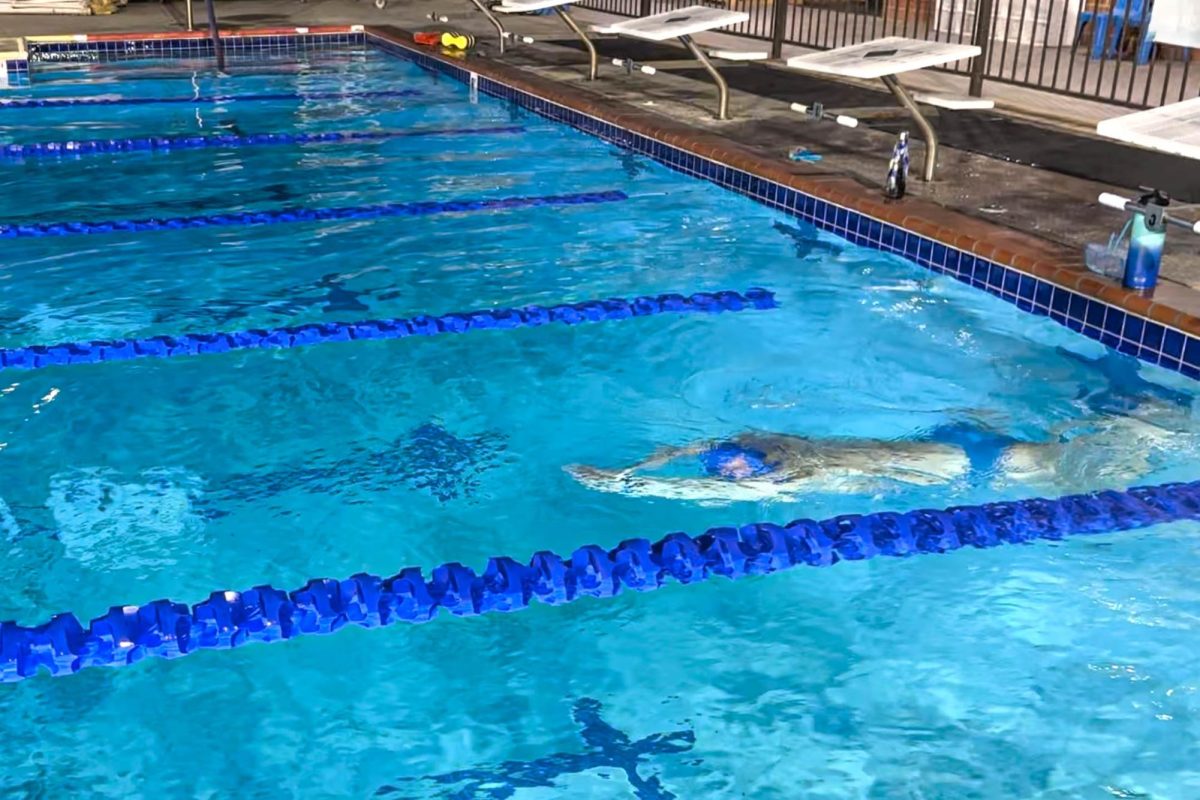




























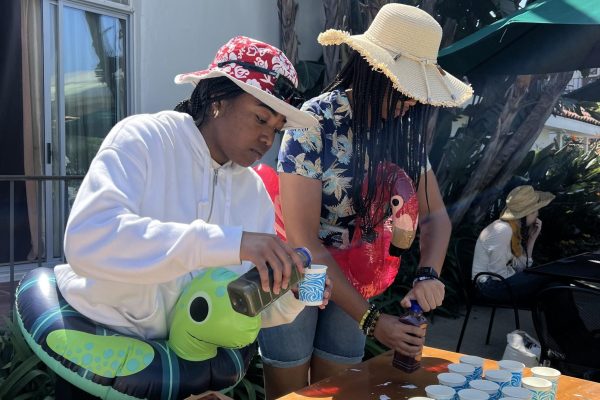
![Freshman Milan Earl and sophomore Lucy Kaplan sit with their grandparents at Archer’s annual Grandparents and Special Friends Day Friday, March 15. The event took place over three 75-minute sessions. “[I hope my grandparents] gain an understanding about what I do, Kaplan said, because I know they ask a lot of questions and can sort of see what I do in school and what the experience is like to be here.](https://archeroracle.org/wp-content/uploads/2024/03/grandparents-day-option-2-600x400.jpg)
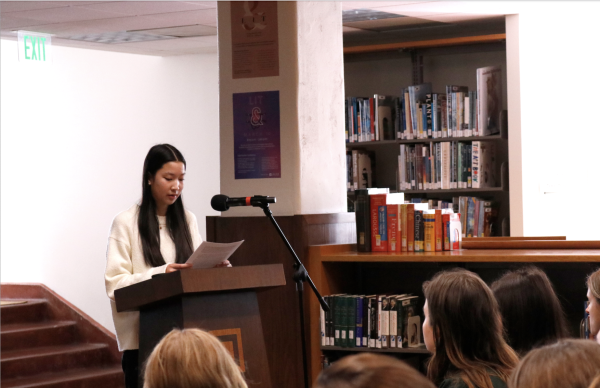
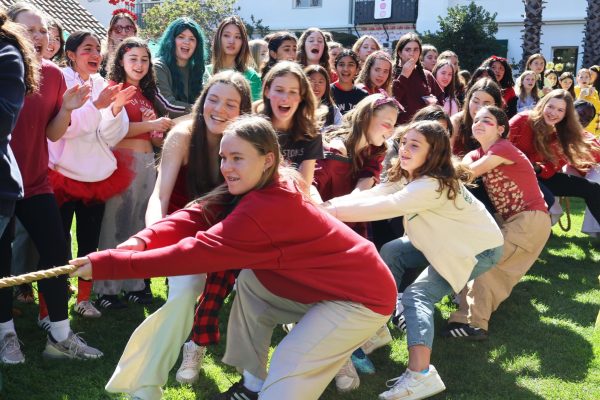
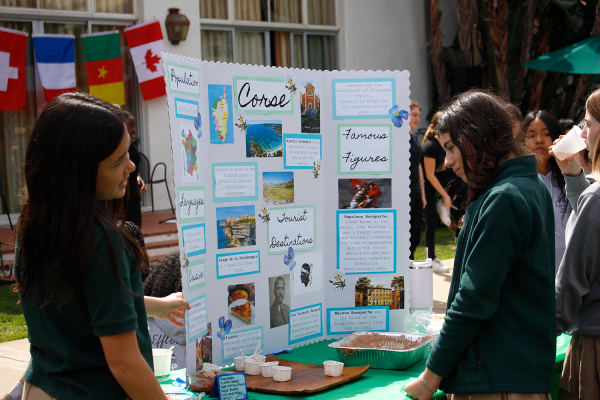
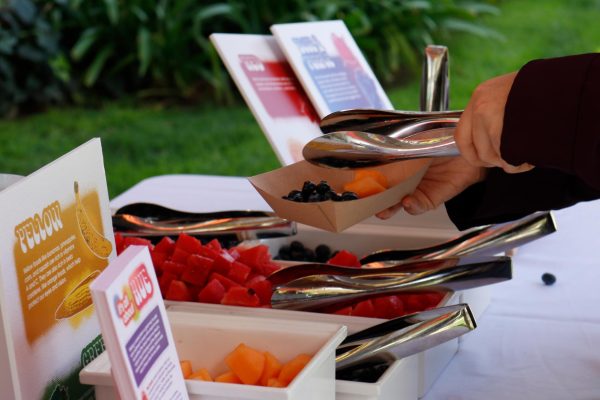

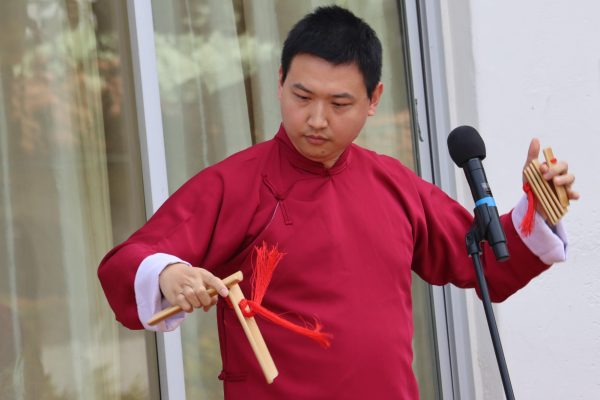
Theresa Dahlin • Jan 20, 2016 at 8:18 pm
Cybele, thank you for covering this event! Great job!